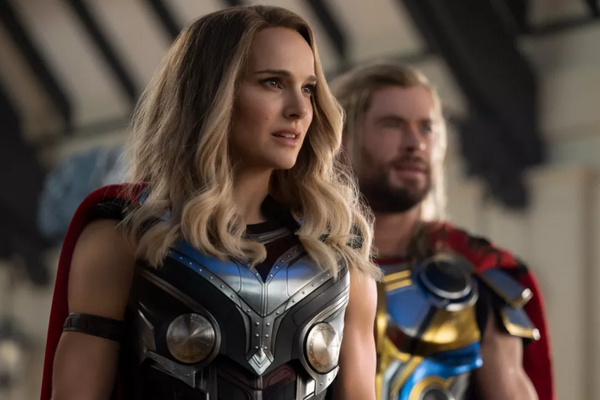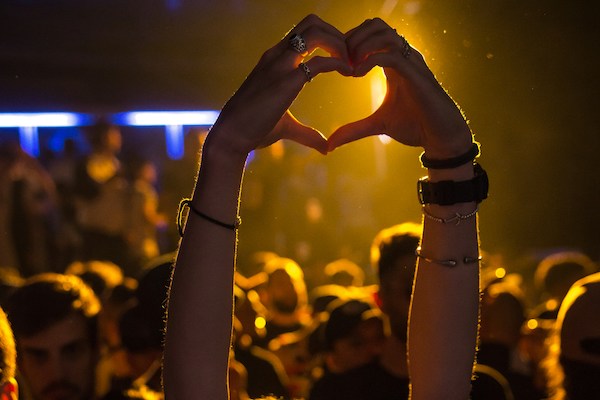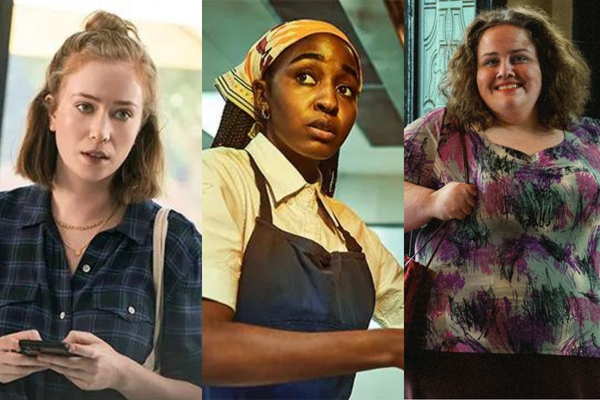
Lez Hang Out Podcast Ep. 602: Collar Collar Bills with Taylor Hickson
August 31, 2022
Lesbian Rights Activist Susan Silverman Passes At 73
September 8, 2022At an advance screening for Thor: Love and Thunder, Marvel’s latest cinematic release, actor/director/writer Taika Waititi reportedly described the movie as “super gay,” as did star Natalie Portman, much to the delight of queer fans everywhere.
However, Waititi and Portman quickly faced backlash after the film’s release as disappointed audiences felt they had been misled and “queerbaited” by a movie that promised extensive queer representation but didn’t follow through to the extent they expected.
However, while Love and Thunder isn’t an explicitly queer movie, it works hard to include and normalize the existence of queer characters within the narrative without fetishizing them. And while this may be the bare minimum that we should expect, it feels revolutionary for mainstream cinema. Sure, it’s not all rainbow flags and pride parades, but neither is everyday queer life.
Valkyrie openly flirts with other women. We learn that Korg’s people, the Kronans, essentially have one gender and conceive by holding hands over a volcano. And we get to meet his husband! When Heimdall’s kid, Axl, switches from a male-coded name to a female-coded name, Thor’s complaint is about the name’s ethnic origin, not how it’s gendered.
But all of this brings up an arguably far more interesting question: what counts as good queer representation in cinema? What even is queerness? And, perhaps most importantly, what does it look like when queerness is intersectional and not limited to stereotypes like drag queens and skinny, white, male twinks?
The answer to all of these questions is, of course, extremely multi-faceted and nuanced. It’s also unlikely to be something that we’re ever all going to agree on, especially since queerness isn’t just one thing. Queer folks are wonderfully diverse people with diverse experiences and opinions on what it means to be queer, and with varied relationships with identity, film, and representation.
One of the many delightful things about Waititi’s films is that they strive to imagine characters complexly. And both of his Thor films, despite what the average Marvel dude bro might argue (apparently comedies can’t have depth and superheroes can’t be complicated), are no exception.
Waititi has spoken about his views on queer representation in Marvel-style blockbusters before, arguing that “the good thing about [including queer characters] in these films… it’s mainstream movies where we get to see this and it’s normalized.”
He told The Daily Telegraph that this normalized inclusion of queer folks and queer identities in mainstream movies means that “way more people are going to see that and begin to understand that [being queer and including queer folks in cinema is] fine.”
The real genius of Love and Thunder as a masterpiece of queer cinema isn’t in what it says about queer identities, but rather about what it doesn’t say. Queerness in Love and Thunder is never overtly spoken about as queerness.
For those characters who are queer, it’s just another part of their identity, and they perform queerness in much the same way as their heterosexual counterparts perform their own sexuality – naturally and without fanfare.
The queer characters aren’t there just to be queer and to provide a veneer of diversity. They have whole lives of which being queer is just one part. They don’t feel the need to discuss or defend it because they’re accepted as who they are without question.
Unlike the majority of queer characters in mainstream media that isn’t explicitly queer, they get to be whole human beings. They’re actual people with complexity, not empty representations of stereotypical queerness.
That’s not to say that cinema which centers queer identities isn’t important, too. We need to have stories that are explicitly about the experience of being queer, in which queerness is discussed and is central to the plot. Sometimes queerness has to be the point. But we also need movies like Love and Thunder, where queer folks are allowed just to be.





